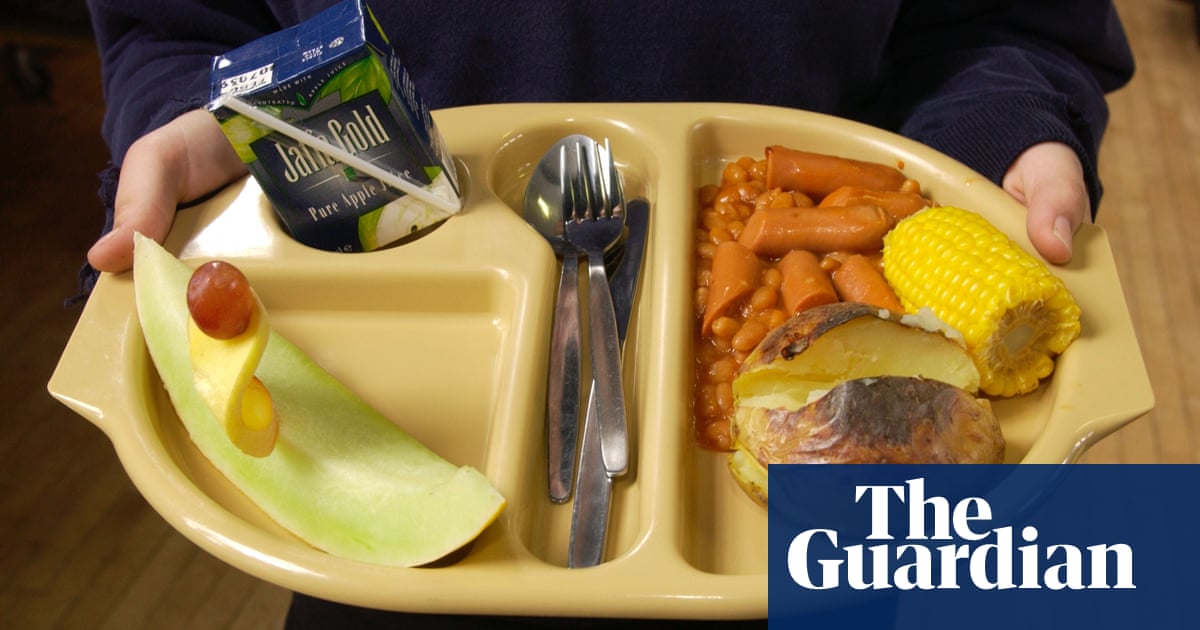Thousands of children as young as two in England are being treated for health complications linked to severe obesity as leading experts warned of an “escalating public health crisis”.
NHS data shows that one in 10 children joining primary school have obesity: 9.6% of reception-age children in 2023-24, up from 9.2% in 2022-23.
Among year 6 children, those aged 10-11, the proportion who have obesity fell slightly from 22.7% to 22.1% but remained higher than the 2019-20 level of 21%.
NHS England said it was spending £6.5bn a year on treating obesity-related ill health across all age groups in England and had introduced a range of services to support children and families to improve their health. This included 30 specialist clinics that are seeing thousands of children aged between two and 18 with health complications related to severe obesity.
The clinics provide specialist treatment and develop tailored care packages with families, which can include diet plans, mental health treatment and coaching, the NHS said.
Prof Simon Kenny, NHS England’s national clinical director for children and young people, said: “These latest figures continue to concern me as they show almost one in 10 children are now classified as obese in their first year of school.
“Obesity can have a major impact on a child’s life – it affects every organ in the body and is effectively a ticking health timebomb for the future by increasing a child’s risk of type 2 diabetes, cancer, mental health issues and many other illnesses.”
Tam Fry, chair of the National Obesity Forum, called the figures “very concerning”. He said: “The comorbidities triggered by obesity – type 2 diabetes, heart conditions and some cancers, among others – are certainly more serious that simple obesity by itself.”
The new data, released on Tuesday, was from the government’s national child measurement programme, which covers mainstream state-maintained schools in England. It showed that levels of obesity in reception-age children living in the most deprived areas (12.9%) were more than double those in the least deprived areas (6%). Obesity among year 6 children was 29.2% in the most deprived areas, compared with 13% in the least deprived areas.
The Local Government Association said cash raised from the soft drinks sugar tax should be targeted at areas with higher levels of deprivation, child obesity and tooth decay. It also wants the tax extended to include milk-based drinks such as milkshakes, high-sugar coffees and other high-sugar items such as cakes, biscuits and chocolate.
Katharine Jenner, the director of the Obesity Health Alliance, said: “Every child should have access to affordable and delicious food, yet our food environment is increasingly dominated by unhealthy options, high in sugar, salt and saturated fat – all of which is a major contributor to England’s shockingly high levels of childhood obesity, as revealed in today’s NHS report.”
Sonia Pombo, a campaign lead and nutritionist at Action on Salt and Action on Sugar, said the latest statistics highlighted an “escalating public health crisis”, and underscored an urgent need to address the impact of unhealthy food.
“This is the result of the previous government’s hands-off approach to public health,” she said. “The power is now in the hands of the new government to deliver meaningful and lasting change for improved health.”
Last year, the Guardian exposed how children in England were left facing an increased risk of serious health problems because Conservative ministers had shelved anti-obesity policies until 2025.
Public health minister Andrew Gwynne said: “Our widening waistlines are costing the NHS and the economy billions of pounds as well as setting kids up for an unhealthy life … That’s why we’re restricting junk food advertising on TV and online, limiting schoolchildren’s access to fast food, and banning the sale of energy drinks to under-16s.”







